Despite their reputation for being aloof, cats are actually quite good communicators. The challenge is understanding how to read them, since many of their signals can be subtle or mean several things depending on other clues.
Knowing how to read your cat’s non-verbal communications can help you understand behavior problems, better meet your cat’s needs, and strengthen your bond and relationship.
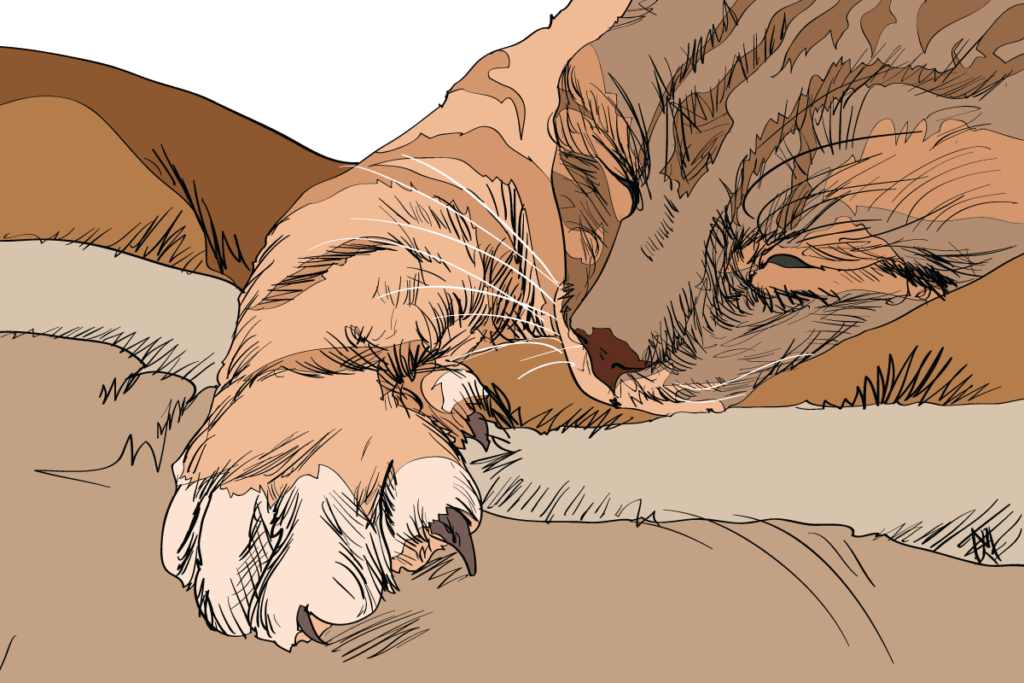
1. Purring
When our cats purr we know that they are happy and relaxed. A purr has the power to make us feel happy and relaxed too! But did you know that cats sometimes also purr when they are anxious or stressed? It’s true! Behaviorists believe that cats will sometimes purr in stressful situations (when they are ill, traveling, etc.) as a way of self-soothing.
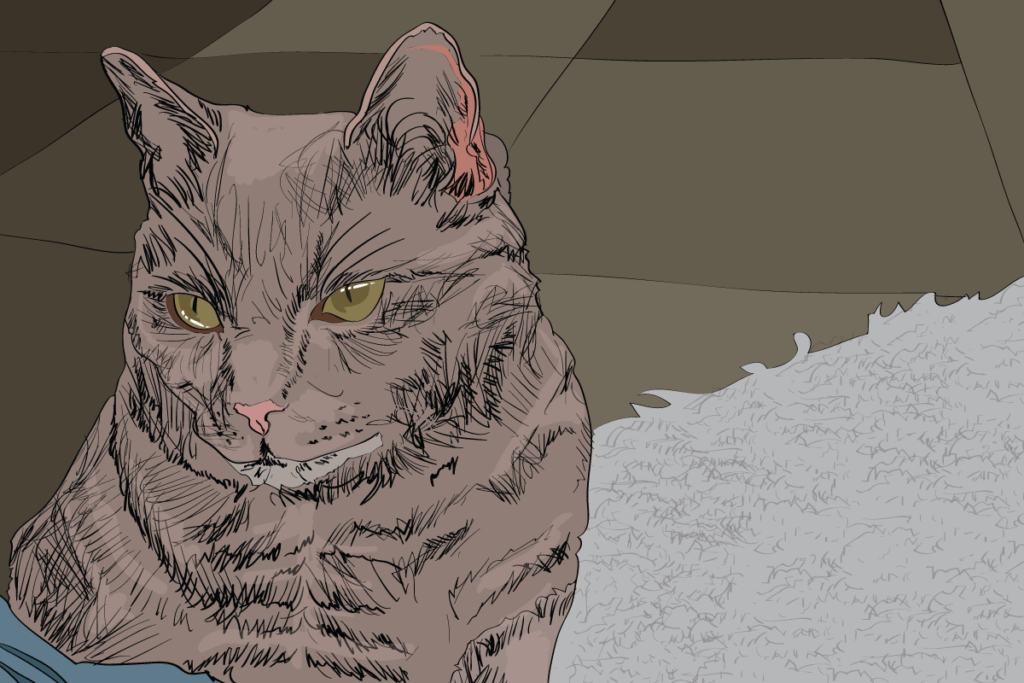
2. Eye Signals
Eye signals can be tricky to decipher because many of the components can be affected by lighting issues rather than mood. The information you can gather from your cat’s eyes is best used in conjunction with other clues such as ear and tail signals.
- It’s a great sign if your cat slowly blinks at you. Cats generally won’t close their eyes in situations where they feel threatened, so the slow blink is a sign of trust and security. Many people call these blinks “eye kisses” and return the slow blink to their cats hoping to say “I trust you too”. Try it!
- If your cat’s pupils are enlarged, it may mean she is nervous. Very enlarged pupils can signal defensive aggression. Your cat’s pupils may also dilate if she is feeling playful.
- Constricted pupils can indicate offensive aggression. They may also mean she is feeling content.

3. Brushing Up Against You or Headbutting
Does your cat wind her way around your legs while you’re cooking dinner? Does she headbutt you when you’re at face level? Cats have scent glands located in several places on their heads and bodies. When they rub these glands against you, they are marking you with their scent. Your cat will instinctively work to combine her individual scent with the scents of other cats in the household. The combined scent is called a group scent. When your cat headbutts you, she’s communicating that you are safe and are part of her group. Cats also use their scent glands to mark objects that they have deemed to be their territory. So, a rub of her cheek on your hand could be her way of saying “Hey, you’re mine now.”

4. Ear Signals
You may notice that your cat’s ears will perk up at the slightest sound. Her ears are very sensitive and can give you a lot of information about how she’s feeling, if you pay attention.
- If her ears are erect and facing forward it means she’s happy, interested, or alert.
- Beware if her ears are laying close to her head. They can indicate that she’s angry or frightened.
- If her ears are swiveling around, she’s curious about a sound and is trying to gather more information.
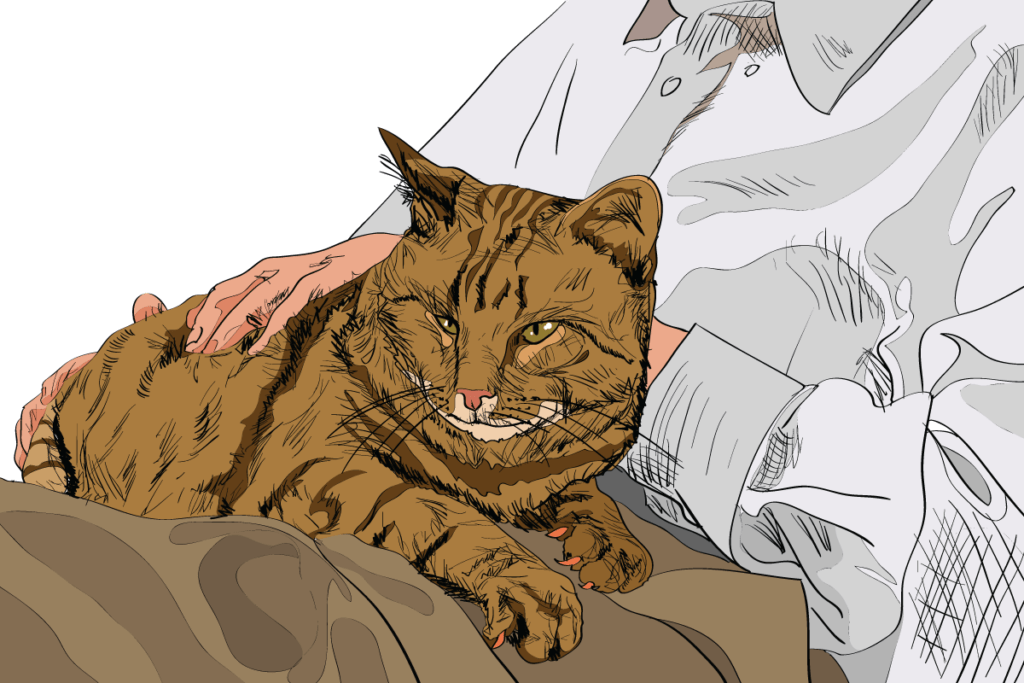
5. Kneading
When your cat was a kitten, she kneaded to release milk from her mama. This is still a source of comfort for her in adulthood. When she kneads on your chest or belly, you can take it as a big compliment. She’s relating you to the happiness and comfort she felt as a kitten!
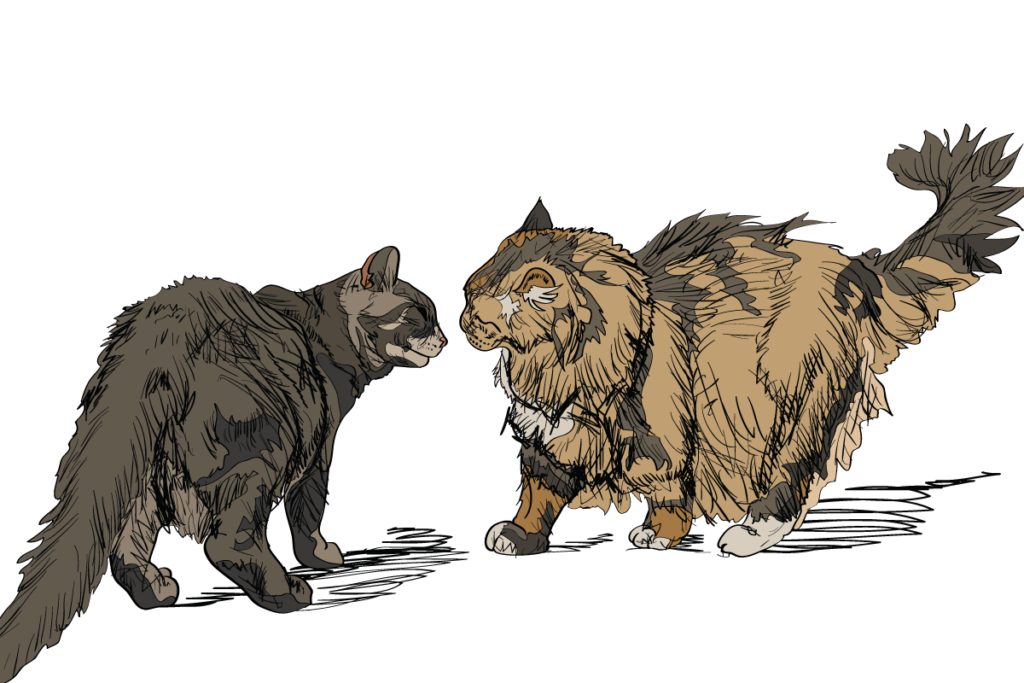
6. Tail Signals
Since cat tails are so long and flexible, they have the advantage of being very expressive. Every little swish and bend can give you information.
- If the fur is standing up on end of your cat’s tail it means she’s angry or scared.
- An erect tail or a tail that bends over her back (assuming the fur is not standing up) means she’s feeling happy and alert.
- An anxious or insecure cat may hold her tail low or between her legs.
- Agitated or angry cats thrash their tails back and forth.
- If it’s just the tip of her tail that’s quivering it means she’s very happy.
- If the tip of her tail is bent to look like the top of a question mark, she’s feeling curious but a bit hesitant.
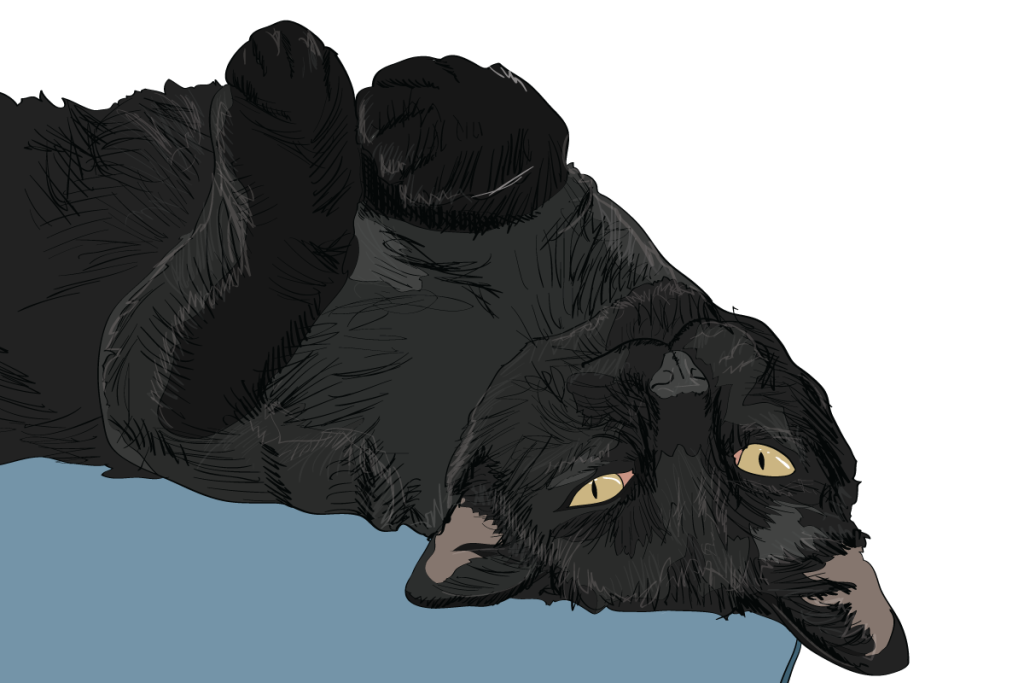
7. Body Stance
You can tell a lot about your cat’s mood just by observing how she is holding her body.
- If her back is arched and her fur is standing on end (what is sometimes called the “Halloween pose”) it means she’s scared of angry.
- If her back is arched with flat fur, however, she’s happy and wants you to pet her.
- And exposed belly can mean contentment or aggression depending on whether she is purring or growling.
- A cat who has pressed her body to the ground may be ready to pounce or attack.

